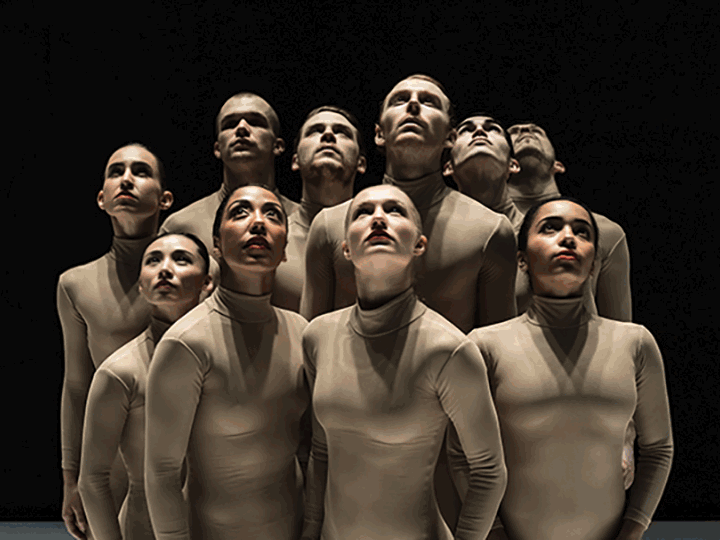A Young Trio Con Brio Explores Hancock Tunes
- Share via
Unusual rhythm section and horn combinations seem to be in the wind in jazz these days. Wayne Shorter and Herbie Hancock’s “1+1,” which featured soprano saxophone/piano duets--with no rhythm section at all--is the most recent case in point, but there are many others.
Tenor saxophonists Joe Henderson and Branford Marsalis, for example, performed at the Jazz Bakery within the past year with rhythm sections consisting of bass and drums, and alto saxophonist Lee Konitz was at the same venue in December, playing with bass and piano.
Here’s another unusual take: a trio consisting of McBride’s bass, Payton’s trumpet and Whitfield’s guitar. The players are, admittedly, among the finest of the young lions of the ‘90s. But this sort of ensemble places an unusual burden upon each: McBride to sustain the bottom, fundamental rhythm; Whitfield to switch easily from harmonic accompaniment to rhythm accents to solos; and Payton to maintain the emphasis of his solo lines without the articulated support of drums.
But it works out just fine--sometimes even better than that. Hancock’s tunes provide sufficient variation in style and content to allow the musicians to find an array of timbres and rhythmic approaches. To mention only a few, there are, for example, Whitfield’s flamenco-like intro, supplemented by McBride’s floating bass lines beneath Payton’s appropriately uncomplicated statement of “Speak Like a Child.” There are the creatively interwoven lines of “The Sorcerer,” the lovely bass-and-trumpet duet on “Dolphin Dance,” and McBride’s smooth arco bass line on “Chan’s Song.”
And there are the persistently intriguing solo passages, from each of the participants. Despite the fact that they are musically exposed and essentially naked, without the rhythmic cover-up of drums or the harmonic coloration of a piano, the players seem to revel in the opportunity to make clear, concise musical statements.
Interestingly, although the album is devoted to Hancock’s music and the players offer illuminating perspectives on some familiar melodies, it is the trio playing--both as an ensemble and as individuals--that takes center stage, rather than the Hancock compositions.
As with the Hancock-Shorter album, the minimal instrumentation--rather than limiting the musical experience--seems to expand its possibilities. For the listener, this means an opportunity to hear into the heart of music made by three gifted young artists in a fashion that encourages and rewards repeated hearing.
*
Albums are rated on a scale of one star (poor), two stars (fair), three stars (good) and four stars (excellent).
More to Read
The biggest entertainment stories
Get our big stories about Hollywood, film, television, music, arts, culture and more right in your inbox as soon as they publish.
You may occasionally receive promotional content from the Los Angeles Times.










